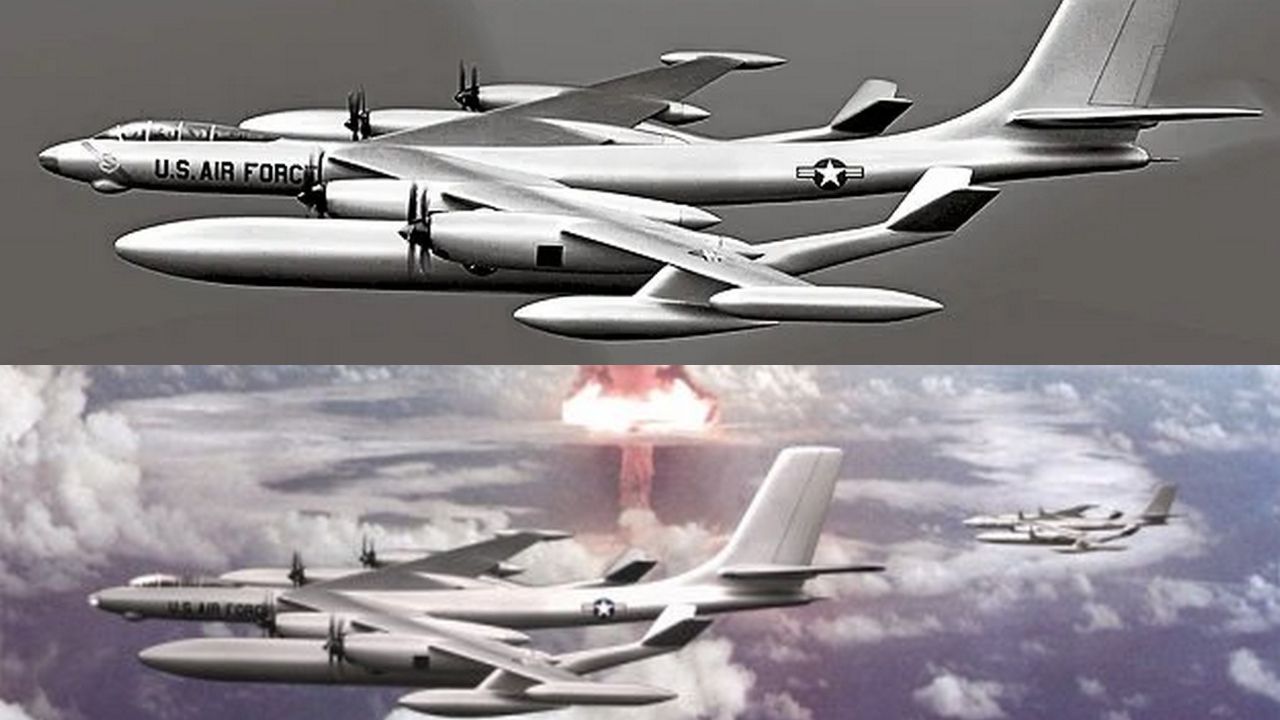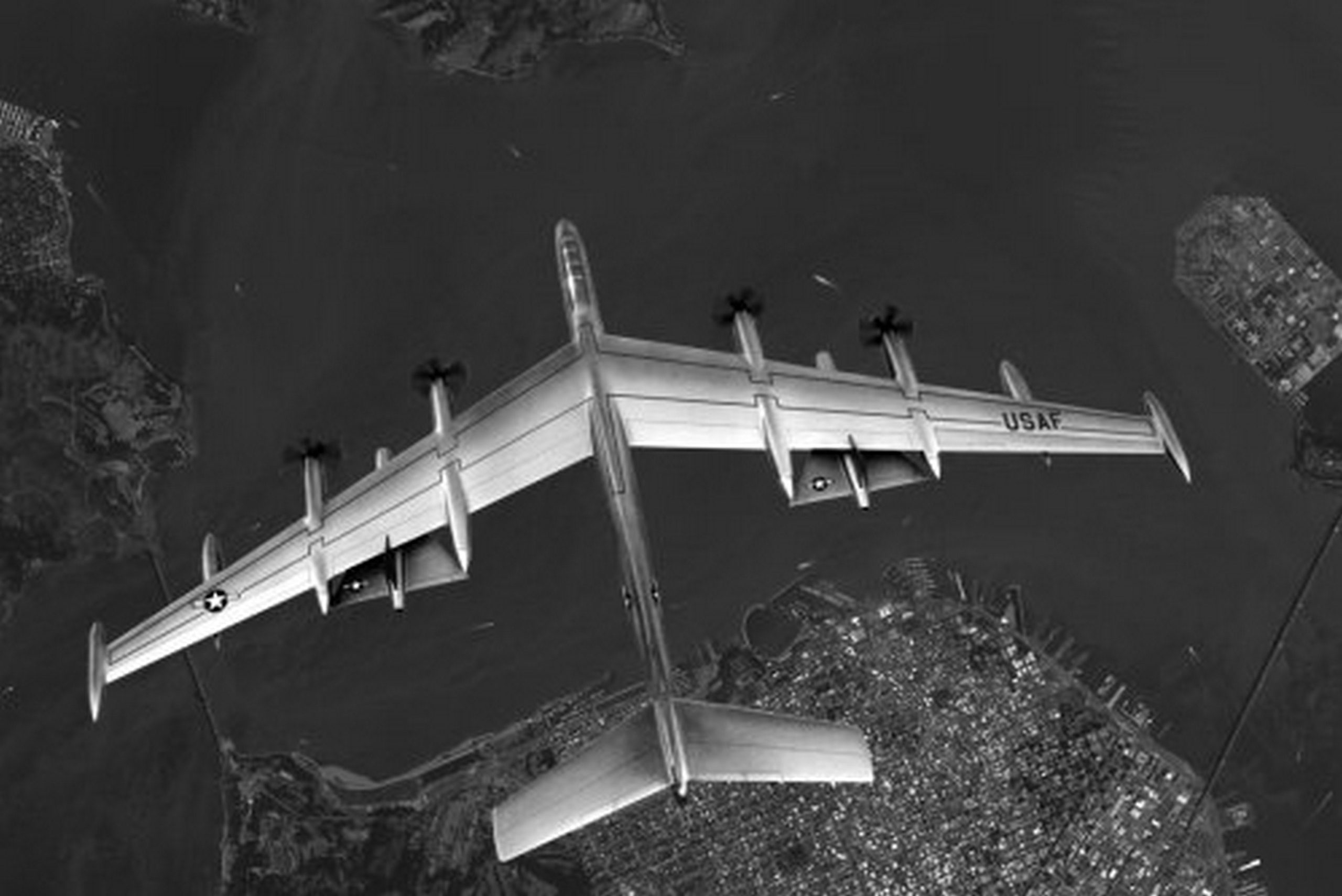Understanding the post-World War II power surge of the US Air Force can be quite a task. While Europe and East Asia focused on rebuilding after the war, the US, largely untouched by the conflict, experienced a surge in military production. This resulted in the creation of some unconventional war machine designs, including the Douglas 1211-J bomber, which, though lesser-known, offers an interesting insight into the era.
Led by influential generals like Carl A. Spaatz, Haywood S. Hansell, and Harold Lee George, the Air Force emphasized bomber supremacy in its post-war doctrine. The belief that heavily armed bombers could penetrate enemy territories, with or without fighter escorts, dominated strategic thinking during the early Cold War.

Dubbed the “Bomber Mafia,” these generals advocated for advancements in bomber technology, aiming for higher altitudes, faster speeds, and increased precision in bombing runs. Efforts were made to minimize civilian casualties through innovations like precision bomb sights.
Among the proposed designs was the Douglas 1211-J, a quad turboprop-powered bomber featuring provisions for parasite jet fighters. However, advancements in turbofan and turbojet engines rendered the 1211-J obsolete before it even took flight. The era saw a rapid transition from propeller-driven to jet-powered aircraft, making the 1211-J impractical compared to the eventual B-52 Stratofortress.
While the 1211-J never progressed beyond the conceptual stage, it stands as a testament to the era’s experimental spirit. Despite its lack of practicality, it remains an intriguing piece of aviation history, showcasing the innovative efforts of its time.

